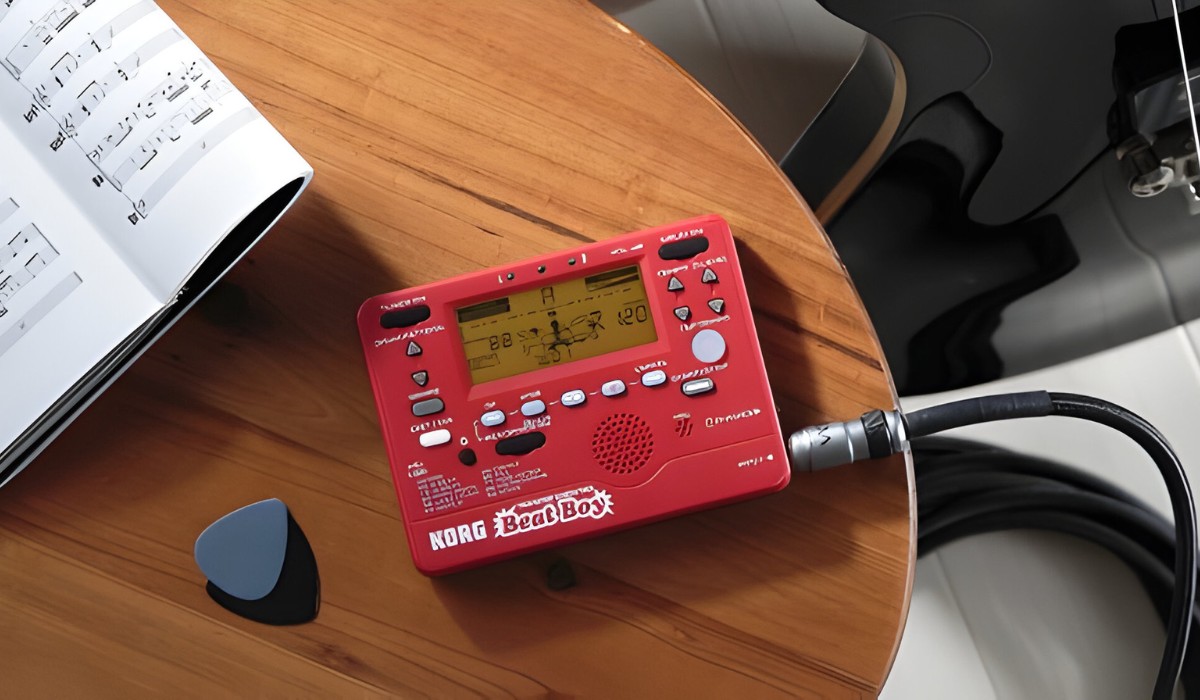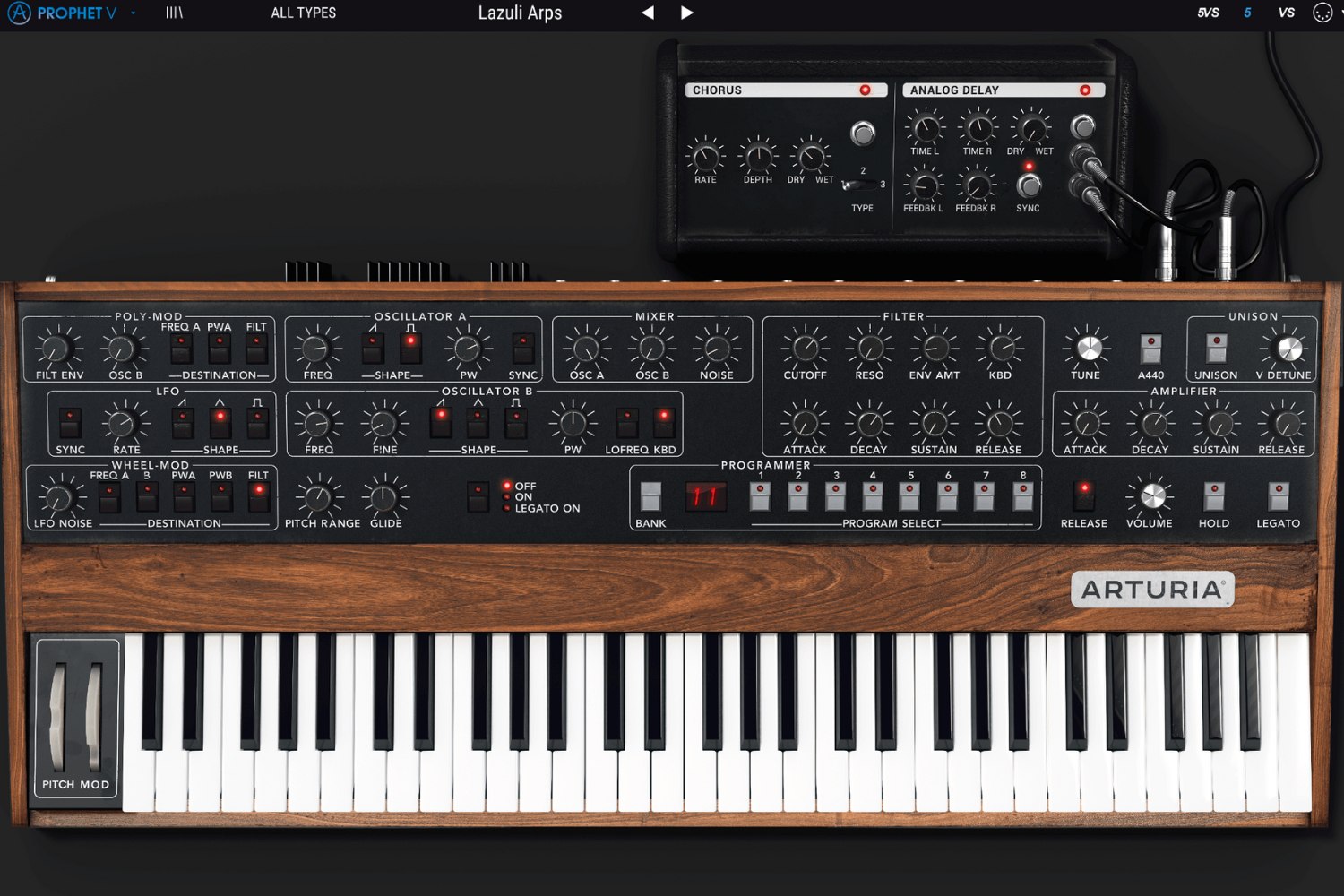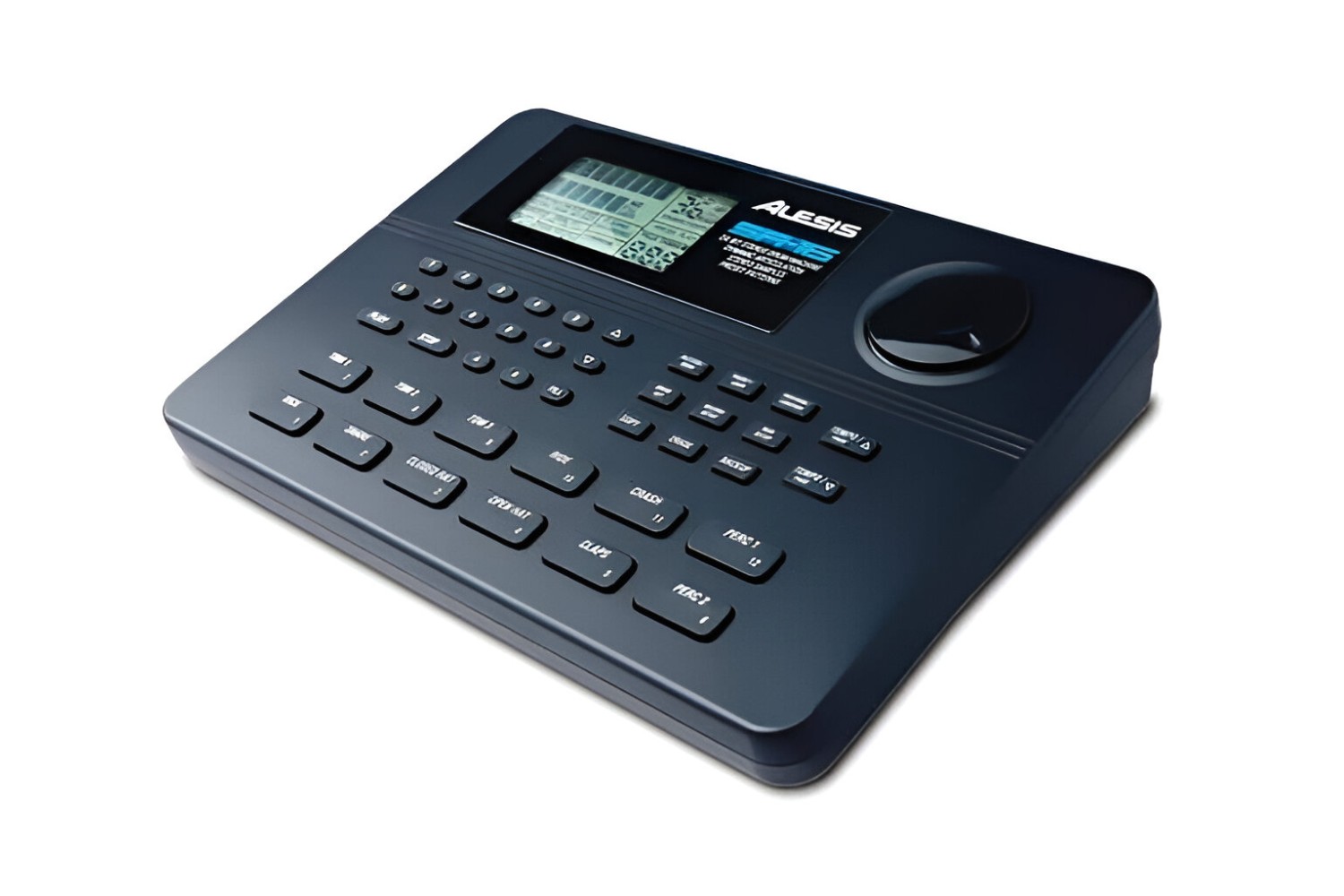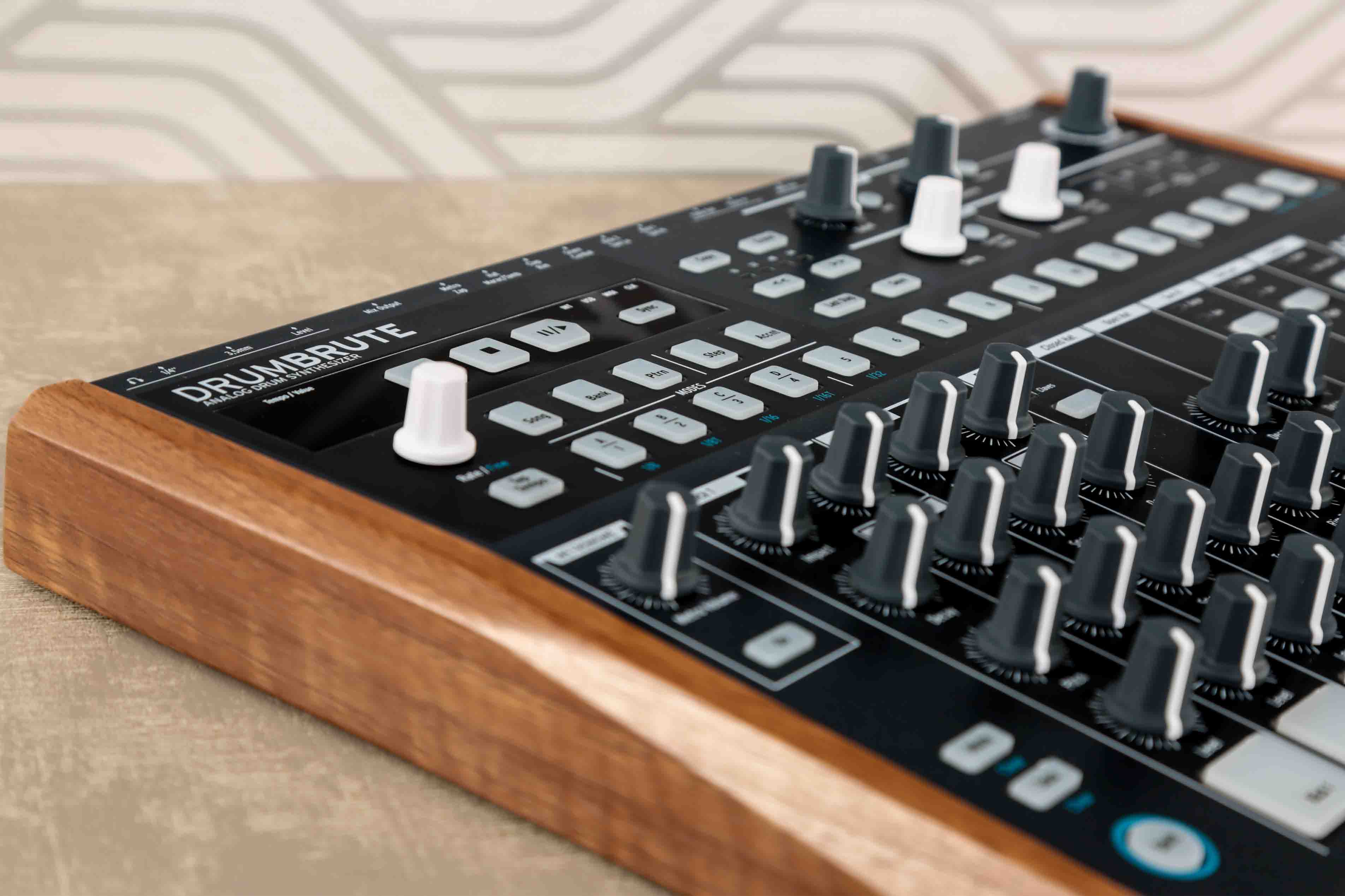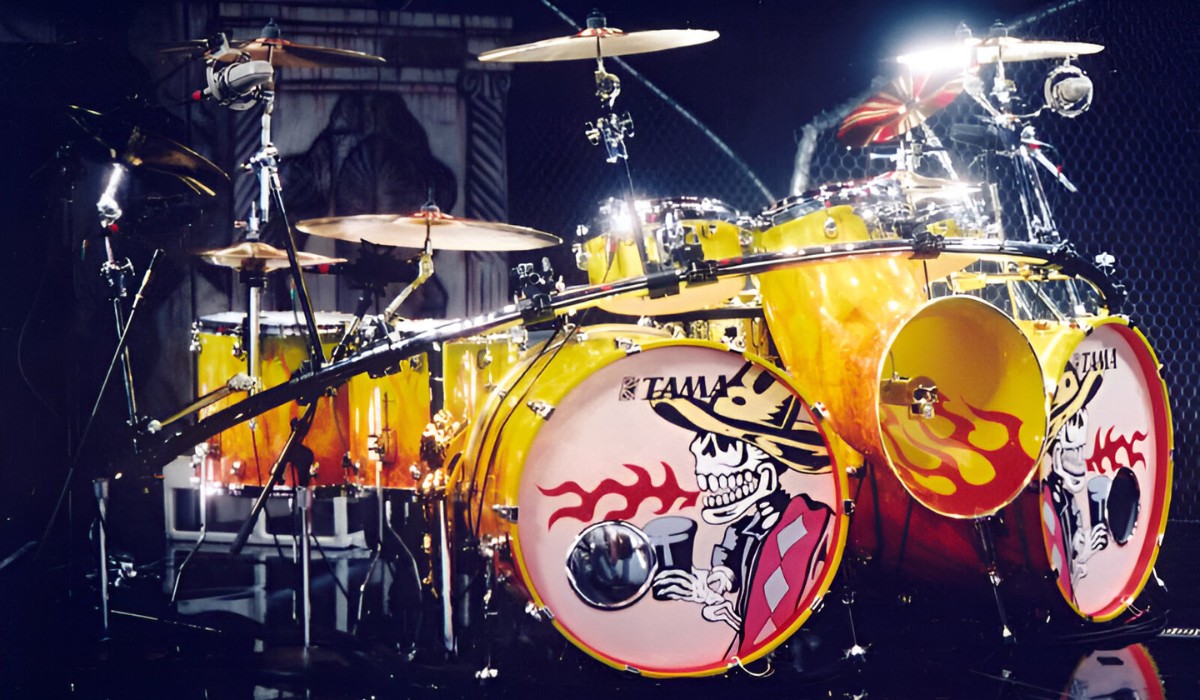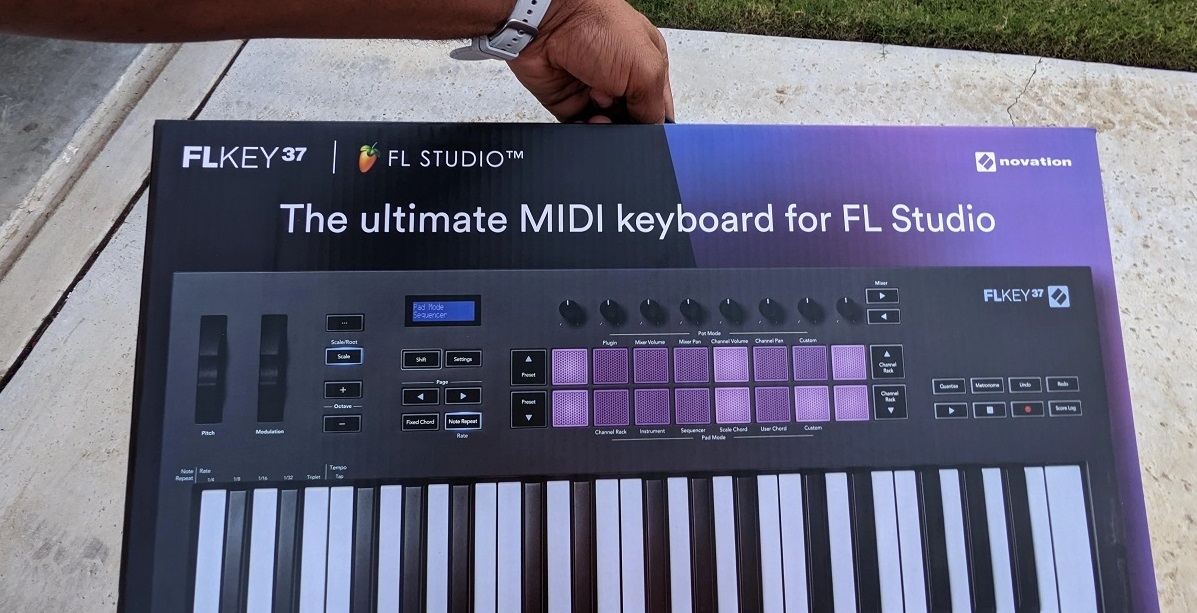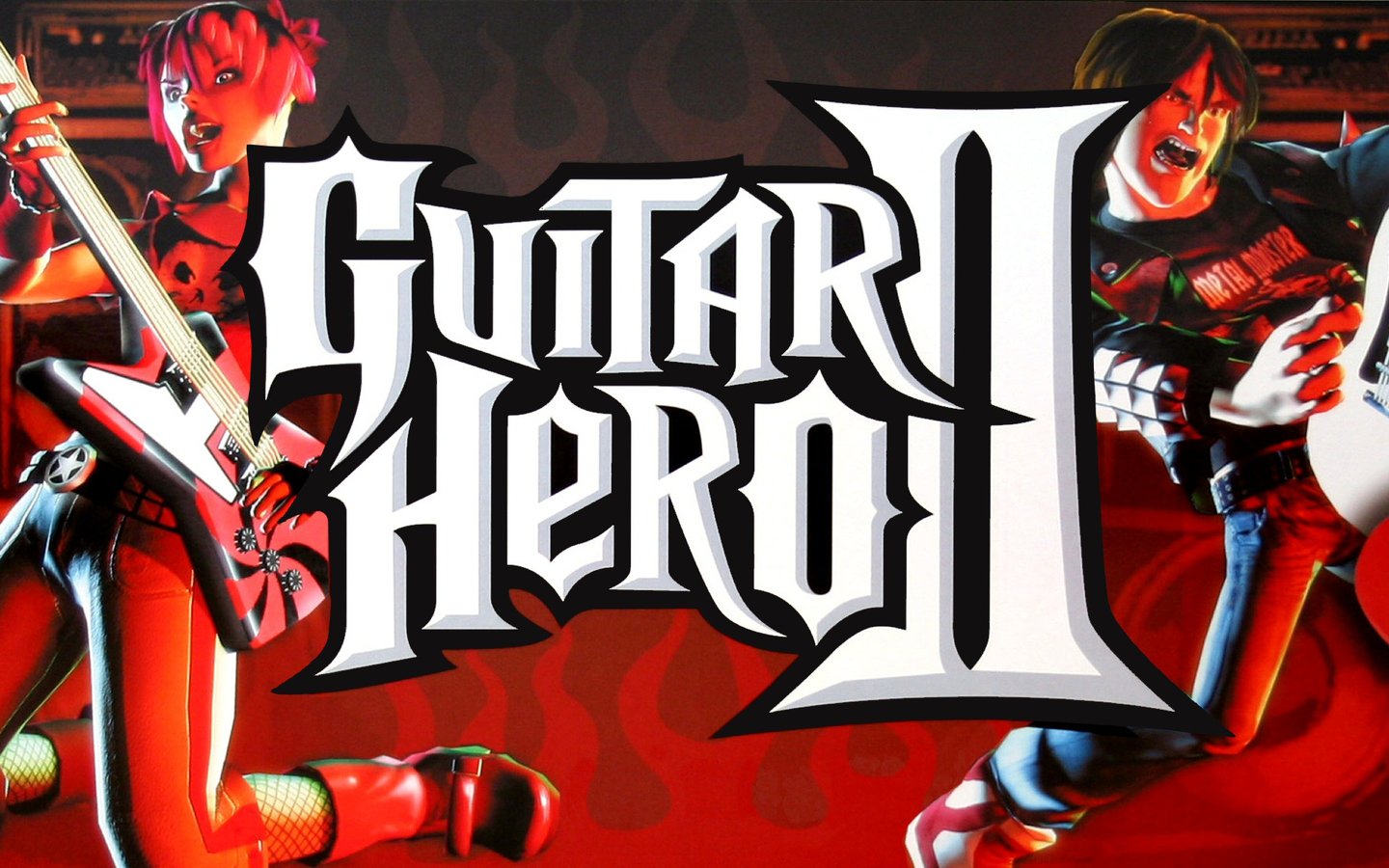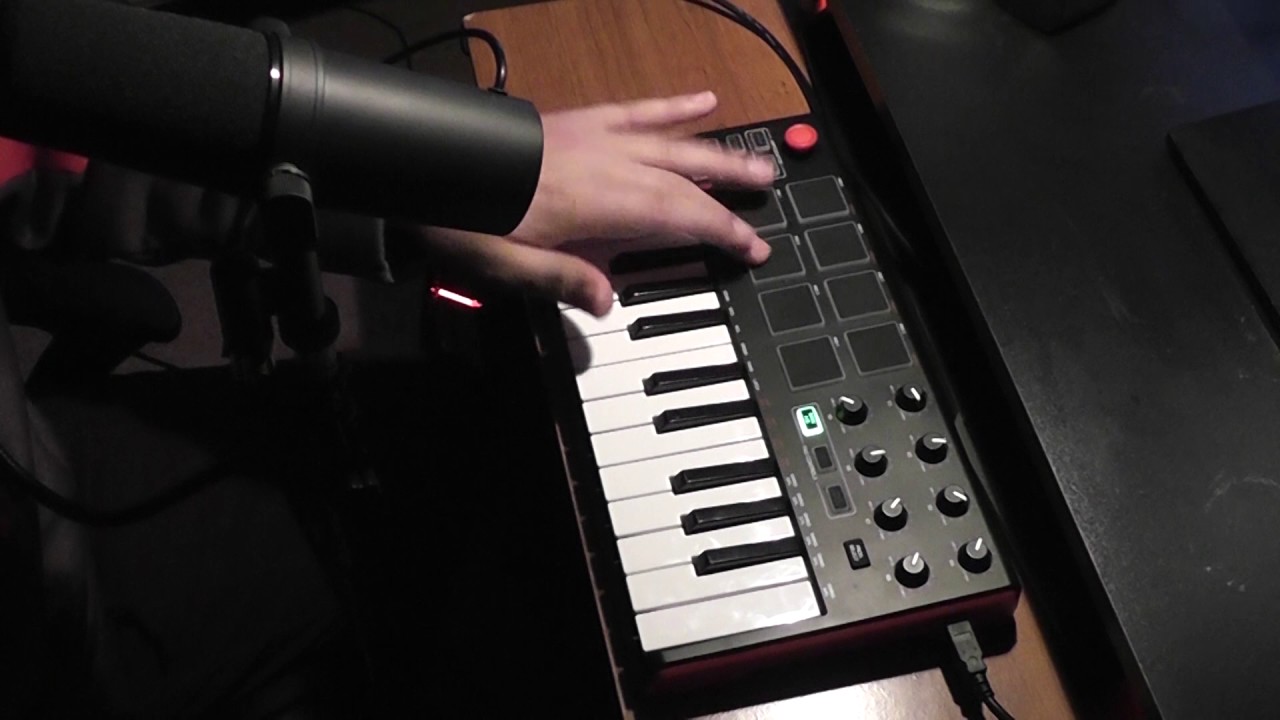Introduction
So, you've got a guitar and a burning desire to lay down some killer tracks, but there's just one thing missing – a drummer. Enter the drum machine, your trusty sidekick in creating rhythm and beats for your guitar playing. Whether you're a solo artist, a band member, or just jamming in your garage, a drum machine can add depth, energy, and creativity to your music.
In this guide, we'll delve into the art of using a drum machine with your guitar. From understanding the basics of a drum machine to syncing your guitar playing with the machine, we'll cover everything you need to know to elevate your musical prowess. So, grab your guitar, power up your drum machine, and let's embark on this rhythmic journey together.
Let's dive into the world of drum machines and unlock the potential they hold for enhancing your guitar playing. Whether you're a seasoned guitarist or just starting out, this guide will equip you with the knowledge and skills to seamlessly integrate a drum machine into your musical repertoire. Get ready to unleash your creativity and take your guitar playing to new heights with the power of a drum machine.
Understanding the Basics of a Drum Machine
Before diving into the intricacies of using a drum machine with your guitar, it’s crucial to grasp the fundamental workings of this versatile musical tool. A drum machine is an electronic device designed to produce percussion and drum sounds, serving as a rhythm accompaniment for various musical arrangements. It offers a wide array of pre-programmed drum patterns, beats, and sounds, allowing musicians to create dynamic and diverse rhythmic backdrops for their music.
At the core of a drum machine are its pads or buttons, which trigger individual drum sounds or patterns. These pads are often velocity-sensitive, meaning the force with which they are struck influences the volume and intensity of the sound produced. Additionally, modern drum machines come equipped with a plethora of built-in drum kits, sound effects, and customization options, enabling users to tailor the rhythmic elements to suit their musical vision.
Understanding the concept of quantization is pivotal when using a drum machine. Quantization refers to the process of aligning musical events to a grid, ensuring that they occur at precise intervals. This feature allows for seamless synchronization between the drum machine’s patterns and your guitar playing, resulting in a cohesive and polished musical performance.
Furthermore, many drum machines offer tempo control, enabling you to adjust the speed of the drum patterns to match the desired tempo of your guitar piece. This flexibility empowers you to explore diverse musical styles and genres, from slow ballads to up-tempo rock anthems, all with the accompaniment of a perfectly synchronized drum track.
As you familiarize yourself with the basic functionalities of a drum machine, you’ll gain a deeper appreciation for its role in shaping the rhythmic landscape of your musical compositions. Armed with this knowledge, you’re now ready to seamlessly integrate your guitar with the rhythmic prowess of a drum machine.
Connecting Your Guitar to the Drum Machine
Now that you’ve grasped the essence of a drum machine, the next step is to establish a seamless connection between your guitar and the rhythmic powerhouse of the drum machine. Most drum machines feature multiple connectivity options, allowing you to integrate your guitar into the mix with ease.
One of the primary methods of connecting your guitar to a drum machine is through the use of a standard 1/4-inch instrument cable. Many drum machines are equipped with dedicated input jacks designed to accommodate instruments such as guitars. By simply plugging one end of the instrument cable into the output jack of your guitar and the other end into the input jack of the drum machine, you establish a direct audio connection, enabling the drum machine to synchronize with your guitar’s output.
For those utilizing electric guitars, leveraging the effects loop of the amplifier can further enhance the integration process. By routing the drum machine’s output through the effects loop of your amplifier, you can blend the drum machine’s rhythm with the tone and effects of your guitar, resulting in a harmonious sonic fusion.
Additionally, if you’re utilizing an acoustic-electric guitar, connecting directly to a mixer or audio interface that is linked to the drum machine can yield optimal results. This setup allows for precise control over the levels and tonal qualities of both the guitar and the drum machine, paving the way for a well-balanced and captivating musical performance.
Moreover, with the advent of digital audio workstations (DAWs) and MIDI technology, integrating your guitar and drum machine has become even more versatile. MIDI connections enable seamless communication between your guitar and the drum machine, facilitating precise synchronization and the ability to control various parameters of the drum machine directly from your guitar or MIDI controller.
By establishing a solid and efficient connection between your guitar and the drum machine, you set the stage for a synergistic musical collaboration, where the rhythmic cadence of the drum machine complements and elevates the melodic expressions of your guitar playing.
Choosing the Right Drum Patterns for Your Guitar Playing
When integrating a drum machine with your guitar, selecting the appropriate drum patterns is pivotal in shaping the overall musical ambiance and enhancing the rhythmic dynamics of your performance. The versatility of drum machines allows for a diverse selection of pre-programmed patterns and beats, catering to a wide spectrum of musical genres and styles.
For guitarists delving into the realm of rock and blues, opting for classic rock drum patterns characterized by steady 4/4 beats, powerful snare hits, and driving kick drum patterns can infuse your guitar playing with an undeniable sense of groove and energy. These patterns provide a solid foundation for riff-driven guitar compositions and can elevate the intensity of your musical arrangements.
Exploring jazz and funk genres opens the door to a plethora of syncopated and intricate drum patterns that seamlessly intertwine with the complexities of jazz chords and funky guitar riffs. Look for drum machine patterns featuring swing rhythms, syncopated hi-hats, and dynamic fills to complement the nuanced expressions of jazz and funk guitar playing, adding depth and sophistication to your musical creations.
For acoustic guitar enthusiasts, selecting drum patterns with gentle shakers, brushed snare sounds, and subtle percussion elements can enhance the organic and intimate nature of acoustic performances. These patterns create a delicate rhythmic backdrop that harmonizes with the melodic intricacies of acoustic guitar compositions, evoking a sense of warmth and authenticity.
Furthermore, for those venturing into the realm of electronic and experimental music, modern drum machines offer an array of electronic and ambient drum patterns, complete with intricate soundscapes, pulsating rhythms, and unconventional time signatures. These avant-garde patterns provide a canvas for innovative guitar experimentation, allowing for the fusion of electronic textures with the expressive capabilities of the guitar.
Ultimately, the key to choosing the right drum patterns lies in aligning the rhythmic nuances of the drum machine with the emotive and stylistic elements of your guitar playing. By carefully selecting drum patterns that complement and elevate your guitar compositions, you create a cohesive sonic tapestry that captivates listeners and amplifies the impact of your musical expressions.
Experimenting with Different Drum Machine Features
Delving into the realm of a drum machine unveils a treasure trove of features and functionalities that can revolutionize the rhythmic landscape of your guitar performances. From diverse sound libraries to advanced programming capabilities, exploring the myriad features of a drum machine opens up a world of creative possibilities.
One of the most intriguing features of modern drum machines is the extensive library of drum kits and sound samples at your disposal. These encompass a wide range of acoustic and electronic drum sounds, percussion instruments, and sound effects, allowing you to tailor the sonic palette of the drum machine to suit the tonal characteristics of your guitar. Experimenting with different drum kits and sound samples enables you to craft unique and immersive rhythmic textures that complement the timbre and mood of your guitar compositions.
Furthermore, many drum machines offer comprehensive pattern sequencing and editing capabilities, empowering you to craft intricate and dynamic rhythmic arrangements that synchronize flawlessly with your guitar playing. The ability to program custom drum patterns, adjust individual instrument levels, and create evolving rhythmic motifs provides a canvas for artistic expression, enabling you to sculpt the rhythmic progression of your compositions with precision and finesse.
Additionally, the inclusion of onboard effects and processing tools within drum machines amplifies the creative potential at your fingertips. From reverbs and delays to dynamic processors and modulation effects, these built-in effects can imbue the drum patterns with depth, movement, and sonic character, elevating the overall impact of your guitar and drum machine collaborations.
Exploring the realm of real-time performance features, such as pad triggering, live looping, and dynamic control options, unlocks the spontaneity and improvisational aspects of integrating a drum machine with your guitar. These features enable you to manipulate and shape the rhythmic elements on the fly, adding an element of live performance and interaction to your musical expressions.
As you delve into the rich tapestry of drum machine features, you’ll discover a wealth of sonic possibilities and creative avenues to enhance your guitar performances. Embrace the exploration of these features as an opportunity to push the boundaries of rhythmic expression and infuse your musical endeavors with innovation and artistry.
Tips for Syncing Your Guitar Playing with the Drum Machine
Syncing your guitar playing with a drum machine is essential for creating a cohesive and compelling musical fusion. Achieving seamless synchronization requires a combination of technical precision and artistic sensibility, allowing the rhythmic elements of both instruments to harmonize effectively. Here are some valuable tips to enhance the synchronization between your guitar playing and the drum machine:
- Utilize Metronomic Precision: Prioritize the use of a metronome or the built-in tempo features of the drum machine to establish a consistent rhythmic framework. Practicing with a metronome cultivates a strong sense of timing and facilitates synchronization between your guitar playing and the drum machine’s patterns.
- Internalize the Drum Patterns: Familiarize yourself with the various drum patterns and rhythmic nuances offered by the drum machine. Internalizing these patterns allows you to anticipate rhythmic transitions, accentuations, and fills, enabling you to seamlessly align your guitar playing with the dynamic elements of the drum machine.
- Embrace Quantization: Leverage the quantization features of the drum machine to align your guitar performances with precision. Quantization ensures that your musical events align with the grid of the drum machine’s patterns, resulting in a polished and synchronized musical output.
- Dynamic Interplay: Embrace the dynamic interplay between your guitar and the drum machine, allowing for subtle variations and expressive nuances. Experiment with rhythmic accents, syncopations, and complementary fills to create a symbiotic relationship between the rhythmic elements of both instruments.
- Practice Variability: Engage in deliberate practice routines that involve varying tempos, time signatures, and rhythmic complexities. Adapting your guitar playing to diverse drum machine patterns enhances your adaptability and proficiency in syncing with a wide range of rhythmic arrangements.
- Visual and Auditory Cues: Pay attention to visual and auditory cues provided by the drum machine, such as LED indicators, visual metronome displays, and accentuated beats. These cues serve as guiding markers for aligning your guitar playing with the rhythmic cues emanating from the drum machine.
- Experiment with Offbeat Phrasing: Explore offbeat phrasing and rhythmic counterpoints to create engaging interactions between your guitar and the drum machine. Introducing offbeat accents and syncopations adds depth and intrigue to the rhythmic interplay, fostering a captivating musical dialogue between the two instruments.
By incorporating these tips into your practice and performance routines, you’ll refine your ability to synchronize your guitar playing with the rhythmic tapestry of the drum machine, resulting in compelling and harmonious musical collaborations.
Conclusion
Congratulations on embarking on a rhythmic odyssey that has the potential to transform your guitar playing into a dynamic and immersive musical experience. The integration of a drum machine with your guitar opens a gateway to boundless creativity, allowing you to craft captivating compositions and elevate your performances to new heights.
As you’ve delved into the intricacies of utilizing a drum machine with your guitar, you’ve gained a deeper understanding of the fundamental workings of a drum machine, the art of connecting your guitar to the rhythmic powerhouse, and the nuances of selecting the right drum patterns to complement your guitar playing. Furthermore, you’ve explored the myriad features and functionalities of a drum machine, discovering the wealth of sonic possibilities and creative avenues it offers.
Syncing your guitar playing with the drum machine has been unveiled as a blend of technical precision and artistic expression, with valuable tips and strategies provided to enhance the seamless integration of both instruments. By internalizing drum patterns, embracing quantization, and engaging in dynamic interplay, you’ve honed your ability to synchronize your guitar performances with the rhythmic cadence of the drum machine.
As you continue on your musical journey, remember that experimentation, practice, and a spirit of innovation are your allies in harnessing the full potential of the guitar and drum machine synergy. Embrace the versatility and expressive capabilities of these instruments, and allow your creativity to flourish as you weave intricate rhythmic tapestries and evoke emotive melodies.
With each strum of your guitar and every beat of the drum machine, you’re crafting a sonic narrative that resonates with passion and artistry. The rhythmic marriage of guitar and drum machine transcends mere accompaniment, evolving into a harmonious dialogue that captivates listeners and immerses them in the rich tapestry of your musical expressions.
So, pick up your guitar, power up your drum machine, and embark on this rhythmic adventure with confidence and creativity. Let the rhythmic synergy of guitar and drum machine ignite your musical endeavors and pave the way for unforgettable performances and compositions.







